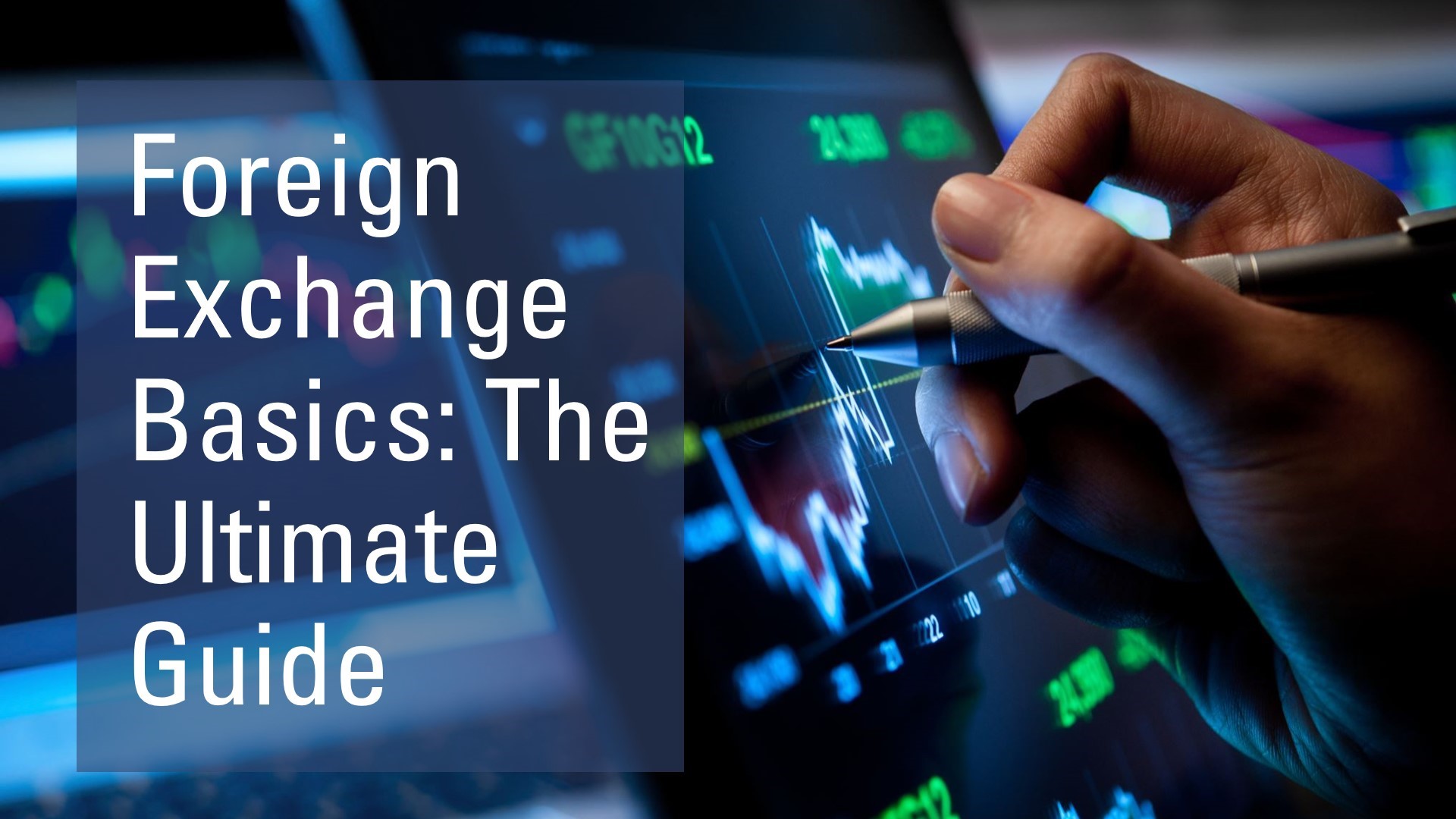The foreign exchange market, often abbreviated as Forex or FX, is a vast and dynamic marketplace where currencies are traded. It’s the largest financial market in the world, with a daily turnover exceeding $5 trillion. This article aims to demystify the Forex market for beginners, providing a foundation for understanding its core concepts and how it functions.
Unveiling the Players: Participants in the Forex Market
The Forex market operates through a decentralized network of participants, each contributing to its liquidity and activity. Here are some key players:
- Central Banks: These institutions influence exchange rates through monetary policy decisions, like interest rate adjustments. Their actions impact the relative attractiveness of a nation’s currency.
- Commercial Banks: They facilitate international trade by buying and selling currencies on behalf of their corporate clients. This includes companies importing or exporting goods and services.
- Investment Banks: These institutions act as intermediaries for large investors and hedge funds, providing access to the Forex market and managing their currency positions.
- Retail Traders: Individual investors participate in the Forex market through online trading platforms, speculating on currency movements for potential profit.
- Currency Brokers: These specialized firms connect buyers and sellers of currencies, often focusing on high-volume transactions for institutional clients.
Understanding the Mechanics: How Forex Trading Works
Forex trades are conducted in currency pairs, where one currency is bought and another is sold simultaneously. The exchange rate between two currencies determines how much of one currency is needed to purchase a unit of the other. For instance, an EUR/USD exchange rate of 1.20 signifies that €1 is equivalent to $1.20.
Forex trading revolves around speculating on the future value of a currency pair. Traders aim to buy a currency pair when they believe its value will appreciate and sell it before it depreciates. This speculation is based on various factors that influence exchange rates, including:
- Economic Data: Releases of data like Gross Domestic Product (GDP), inflation rates, and unemployment figures affect investor confidence in a nation’s economy and subsequently its currency value.
- Interest Rates: Higher interest rates generally attract foreign investment to a country, leading to a stronger currency. Central bank decisions regarding interest rates significantly impact exchange rates.
- Geopolitical Events: Political instability, war, or trade tensions can create uncertainty and risk aversion, influencing currency movements.
- Market Sentiment: The overall mood of the market, optimistic or pessimistic, can influence how investors perceive currencies and drive exchange rate fluctuations.
Essential Tools for the Forex Trader
Before venturing into Forex trading, it’s crucial to equip yourself with the necessary tools:
- Trading Platform: Online trading platforms offer access to the Forex market, allowing you to monitor the current exchange rates, place orders, and manage your account. Look for platforms with user-friendly interfaces, advanced charting tools, and competitive spreads (the difference between the buy and sell prices of a currency pair).
- Technical Analysis: This analytical approach uses historical price charts and technical indicators to identify potential trading opportunities. It provides insights into price trends, momentum, and support and resistance levels. Popular indicators include moving averages, Relative Strength Index (RSI), and Bollinger Bands.
- Fundamental Analysis: This approach focuses on the economic and political factors that influence exchange rates. It involves analyzing economic data, central bank policies, and geopolitical events to assess the overall health of a nation’s economy and its currency’s potential trajectory.
- Risk Management: Forex trading carries inherent risks. Effective risk management strategies, like setting stop-loss orders to limit potential losses, are crucial. Developing a solid understanding of leverage and margin requirements is also critical. Leverage amplifies both profits and losses, and understanding margins ensures you have sufficient capital to maintain open positions.
Exploring Different Trading Styles: Who Are You in the Forex Market?
Forex caters to various trading styles, allowing individuals to find a method that aligns with their personality and risk tolerance. Here are some common styles:
- Scalping: This style involves making numerous short-term trades, profiting from small price movements throughout the day. Scalpers rely heavily on technical analysis and require a high degree of focus and discipline.
- Day Trading: Day traders hold positions for a few hours or a full day, capitalizing on short-term trends and market volatility. They utilize a combination of technical and fundamental analysis to make trading decisions.
- Swing Trading: Swing traders hold positions for days or weeks, aiming to profit from larger price swings within a trend. They focus on identifying support and resistance levels and analyze longer-term market trends.
- Position Trading: Position traders hold positions for weeks, months, or even years, taking advantage of long-term trends and fundamental factors. This style emphasizes thorough fundamental analysis and requires a high degree of patience.

